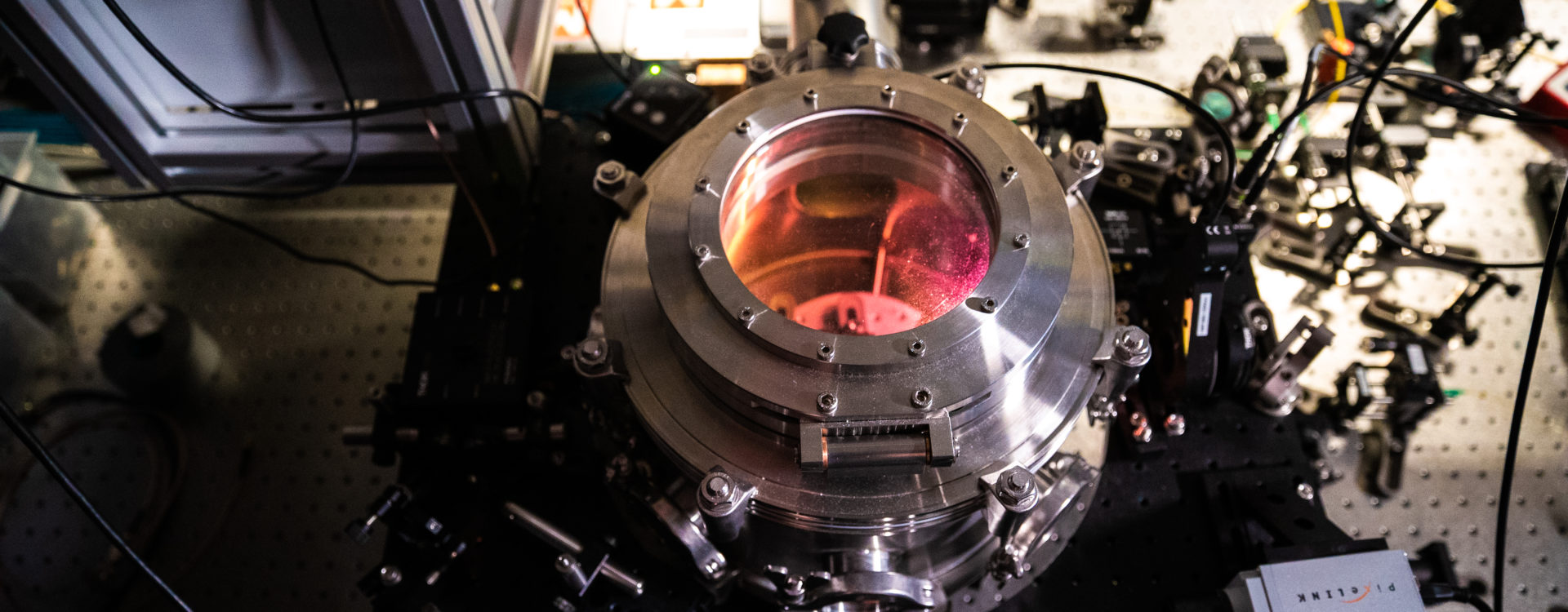The Sydney quantum community are after bright minds to work on the next breakthroughs in quantum science and technology.
Research projects on offer
Our Sydney network of quantum experts are seeking PhD, Honours and Master students to work on various quantum science and technology research projects. Projects suit both experimentalists or theorists and driven individuals with backgrounds across a range of disciplines such as physics, computer science, engineering, chemistry or mathematics.
Applications for the Master of Research Scholarships at Macquarie University are now open to domestic students from any discipline—but your project must explore a quantum-related topic. Please refer to the project list below—note that it is not exhaustive. Applicants are also welcome to propose their own quantum-related research projects.
Our PhD scholarship program offers an array of research projects spanning quantum science and technology across our partner universities. To find a research project, filter projects by university or research specialisation at the PhD level. Please note this list is not exhaustive. You can also use our database to search for experts/supervisors based on their research interests and discuss other opportunities. We recommend contacting a prospective supervisor in advance of applying for our scholarship programs.
How to use the filter - view by university, study level or use the general search field to view by quantum research field e.g. communication, sensing or computing/computation.
General search and filters
Spin qubit circuit-level noise characterisation and mitigation
Dr Andre Saraiva
This project would suit: This project would suit students with an interest for the theoretical/experimental interface, applications of spin qubits and error correction strategies driven by realistic experimental models.
Superconducting devices in novel high temperature superconductors
Dr Maja Cassidy
This project would suit: A highly motivated, exceptional student with an Honours or Masters level qualification (4 year degree) with research experience in experimental physics, materials science or electrical engineering. Some background in device nanofabrication or cryogenic measurements would be advantageous.

